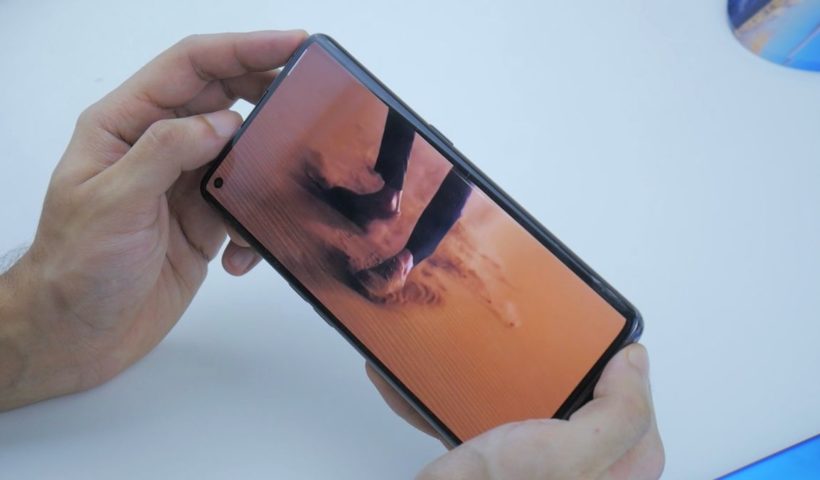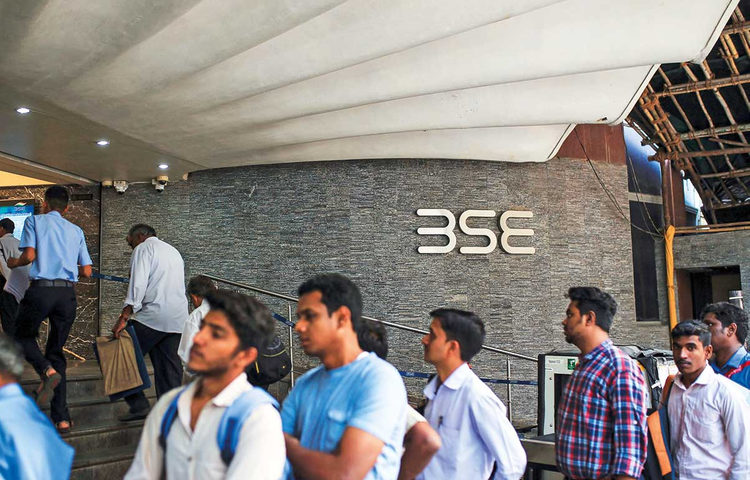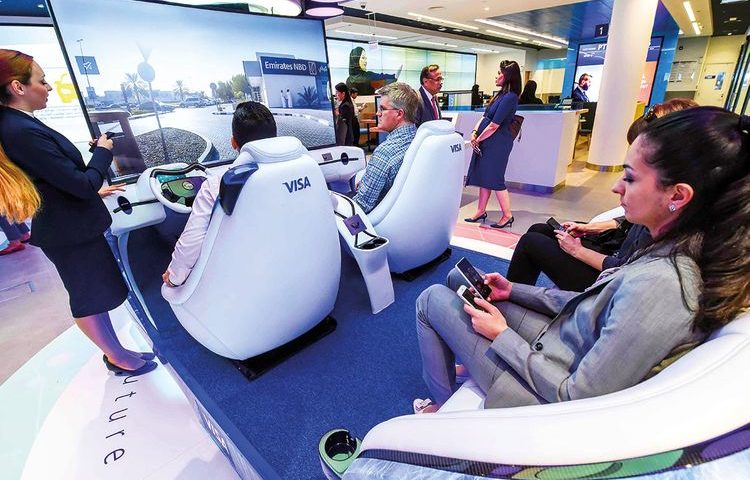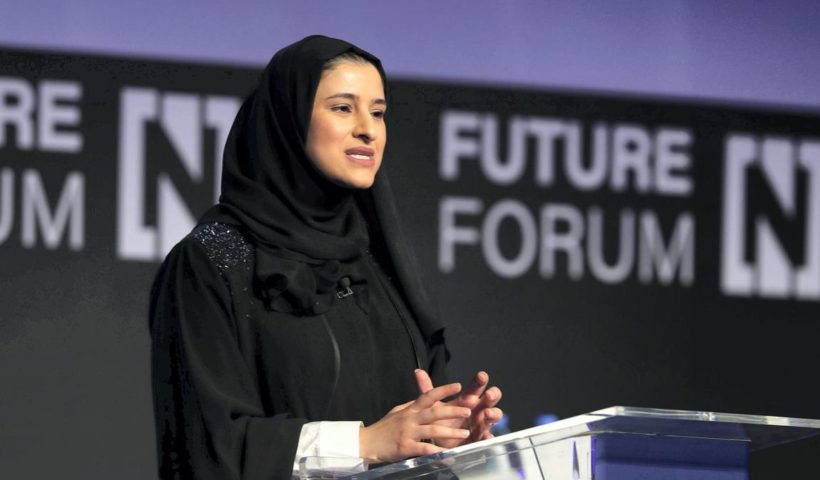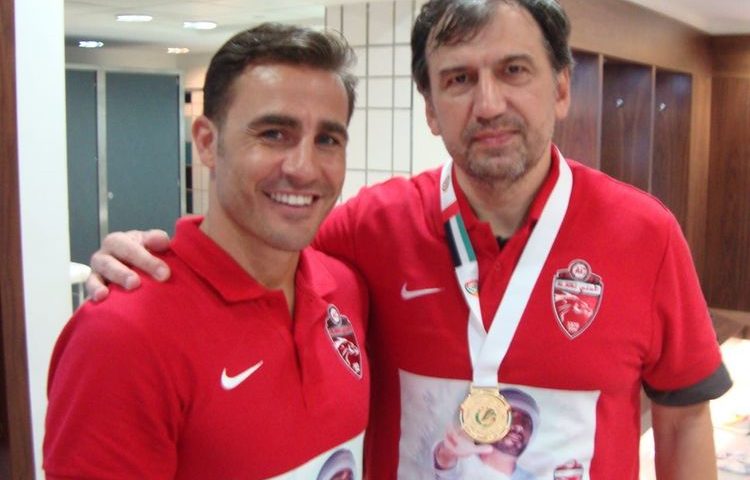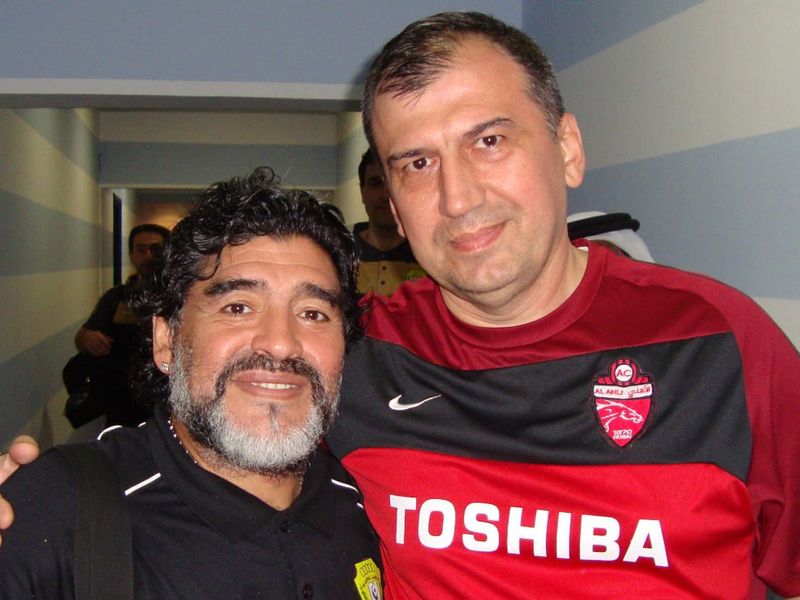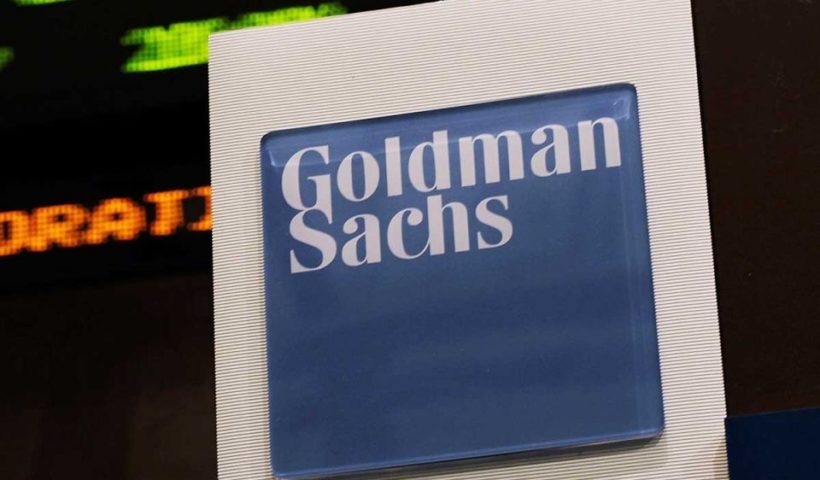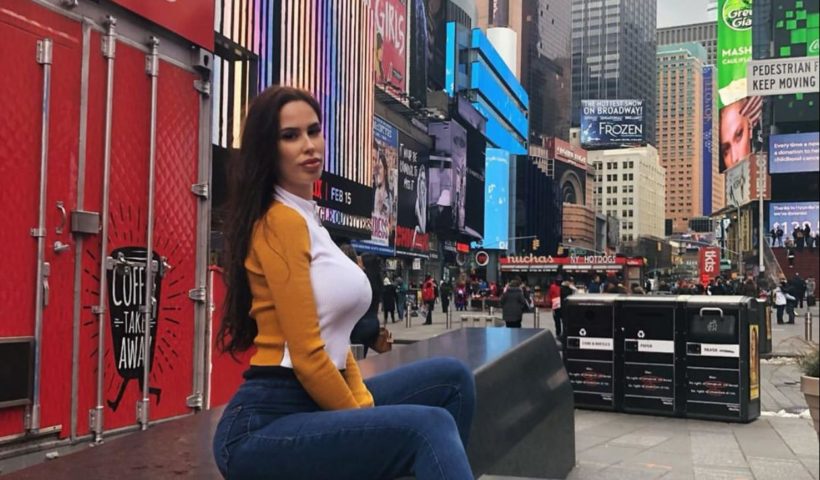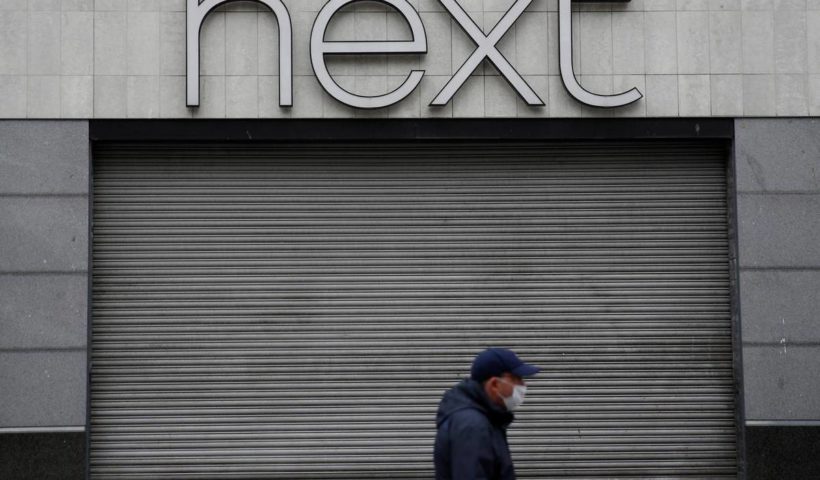In such unprecedented times, our reliance on technology has increased dramatically. The smartphone we use is a crucial tool for productivity and communication and given this scenario, Oppo’s latest Find X2 Pro flagship is the perfect choice to keep up without new normal. It not only offers one of the highest quality screens in the industry but also blends a great smartphone design with connectivity advancements such as 5G technology and the fastest SuperVOOC 2.0 charging technology for its battery.
120Hz QHD+ Ultra Vision Screen
The 120Hz QHD+ Ultra Vision Screen is the most advanced display that Oppo has developed to date and the display is not just smooth but also crystal clear. On the Oppo Find X2 Pro, you have a 6.7-inch QHD+ (1,440 x 3,168) resolution curved AMOLED screen with a contrast ratio of 5,000,000:1. By default, the display can reach a brightness as high as 500nit and 800nit in strong light. Furthermore, the brightness of partial portion of the screen can reach up to 1,200nit when watching HDR videos.
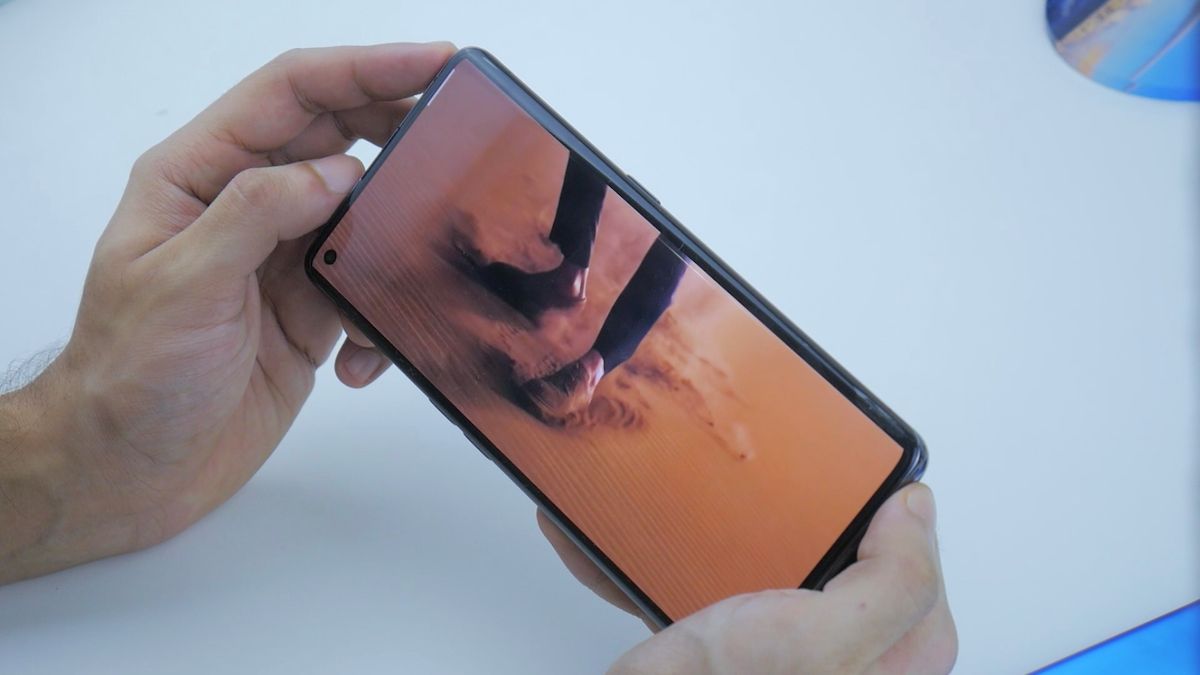
With up to a 120Hz ultra high refresh rate and 240Hz ultra high sampling rate, the screen boasts accurate color reproduction that matches other professional displays. This refresh rate carries several benefits when playing games requiring fast moving such as racing or shooting games. Given the Oppo Find X2 Pro’s adaptive refresh rate function, it can intelligently optimize the screen’s refresh rate between 60-120Hz based on scenario and power consumption.
The screen on the Oppo Find X2 Pro also supports over one billion kinds of color displays, which is 64 times greater than the conventional 8-bit screen. It is one of the richest mobile screens in the industry thanks to its 10bit depth allowing for more vivid and improved images of scenes like sunsets and the aurora. Above all, the display is equipped to deliver maximum user comfort with Oppo’s AI Eye Protection System and certification from TUV Rheinland.
Ultra Vision Camera System
Oppo’s Find X2 Pro is equipped with the most powerful Ultra Vision Camera System supporting an industry first all pixel omni-directional PDAF to improve focus performance using a customized Sony IMX689 sensor on the phone’s wide 48MP camera. Accompanying this is another 48MP ultra-wide angle camera with a Sony IMX586 sensor with a maximum 120-degree wide angle. To complete the setup, you find a 13MP Periscope Telescope camera supporting both EIS and OIS.

The triple-camera setup allows users to have incredible flexibility when taking photos. You can use Oppo’s 60x smooth zoom and the second-generation 10x hybrid zoom feature for clearer, smoother and more stable photos using the smartphone’s newly upgraded OIS driver chip. Furthermore, the ultra-wide-angle camera does not produce any distortion, making it ideal for use in family gatherings, sports, events and musical concerts.
Oppo has also included features such as an Ultra Macro Mode to draw minute details like the dew on a lotus leaf or the stamen of a flower. The smartphone can take 3cm micro photos with 48 million pixels of super-high image resolution. Conversely, Oppo’s Ultra Night Mode 3.0 offers an ultra-clear night mode especially improving night shot quality with the telephoto camera.
65W SuperVOOC 2.0 Charging
Offering the fastest charging technology in the industry, SuperVOOC 2.0 flash charging supports up to 6.5A and 10V charging in tandem, which can fully charge the Oppo Find X2 Pro’s 4,260mAh battery in just 38 minutes. Despite its speed, this fast charging solution is safe equipped with a VOOC security feature with five levels of security protection from the power adapter, wire and handset.

Furthermore, the Oppo Find X2 Pro comes with a customized battery safety-monitoring chip which can not only monitor the battery status during charging but also track whether the battery in the mobile phone is damaged by accidental abuse in real time. To solve any overheating issues, the Oppo Find X2 Pro uses a VC thermal board and three layers of graphite covers.

